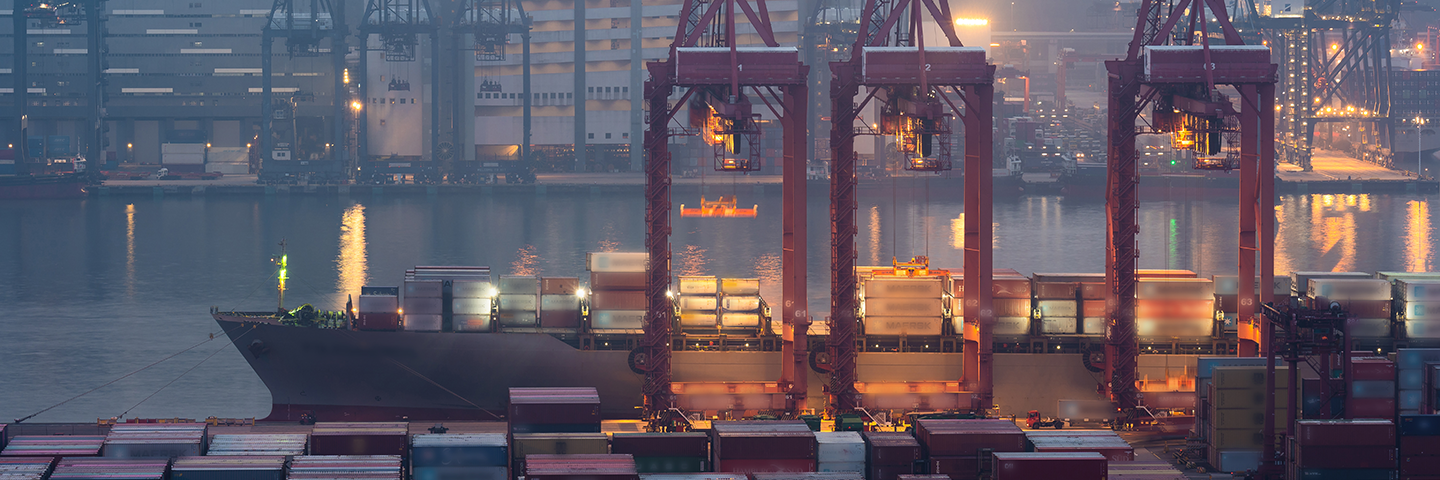On 4 November 2016, 196 parties came together at the United Nations Climate Change Conference (COP21) to sign the Paris Agreement - a legally binding international treaty on climate change. Hailed as a monumental milestone for humanity’s battle against climate change, a key objective of the agreement was to reduce greenhouse gas emissions by 45% in 2030 (interim goal) and reach net zero by 2050.
But despite vast amounts of money funnelled into shifting towards a low-carbon future, with a record US$1.8 trillion spent in 2023 alone, achieving the 2030 goals will require annual global investments to average US$5.4 trillion from 2024 to 2030, essentially tripling the current pace1.
If governments stay dedicated to attaining net zero emissions, the significant capital investment required to bridge the energy transition spending gap could revolutionise companies and investors alike.
This paper analyses how the energy transition cuts across multiple facets of the global economy and why it is important for investors to look beyond the obvious beneficiaries as both ‘new’ and ‘old’ economy companies can potentially benefit from this powerful wave of change.






